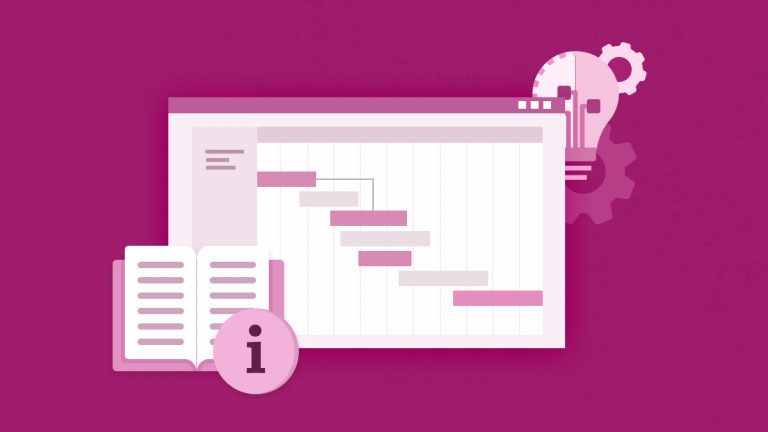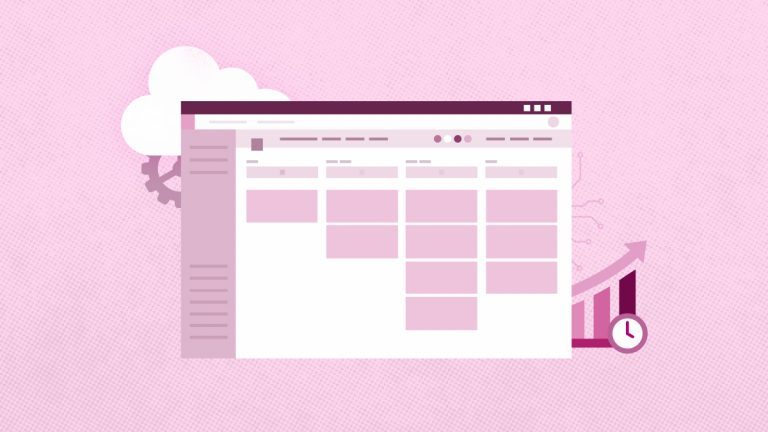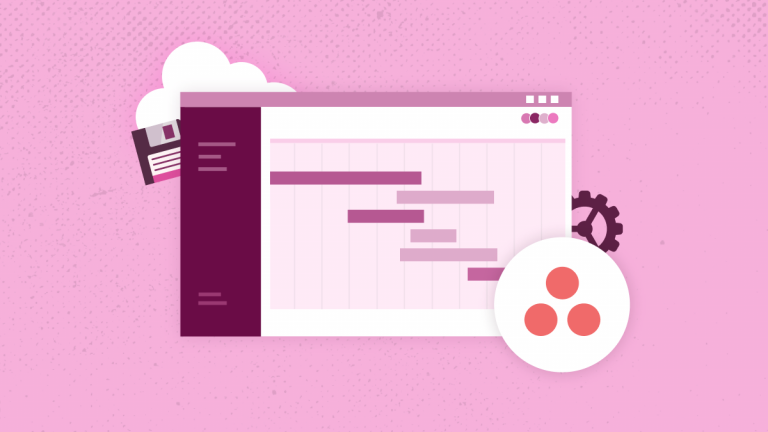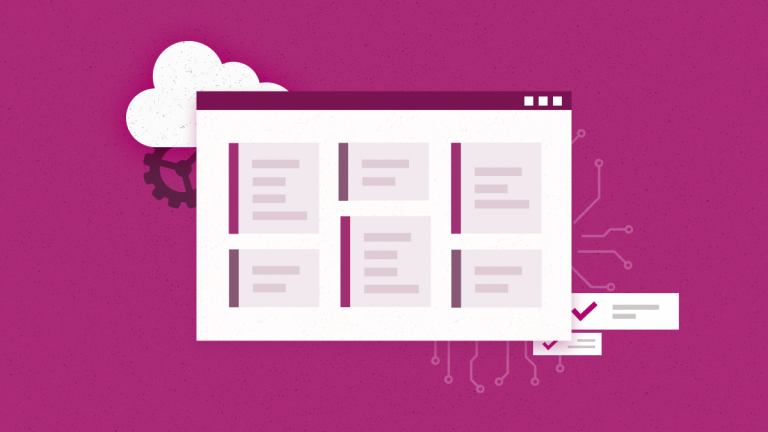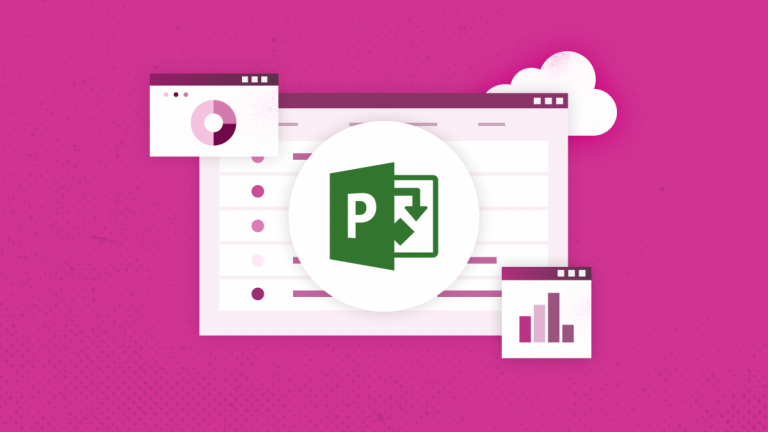
Anna Shalomova
PPM Consultant
Project Portfolio Management has emerged as a critical component for organizations seeking to improve their ability to manage several projects effectively. PPM refers to how a company handles project priority, resource allocation, budgeting, scheduling, and other project elements.
Therefore, project portfolio management serves to bridge the gap between strategy and execution. With systematic project portfolio management, you can ensure that your company gets the most out of its project selection and performance.
What is Project Portfolio Management?
The term “project portfolio management” refers to how you can handle the mix of related, dependent, and connected projects in your organization.
PPM considers the broad picture, including all previous, current, and future projects, while calculating the best project prioritization and sequencing to maximize ROI.
Projects are handled under PPM in a portfolio matching with an organization’s strategy. It allows your business to assess whether taking on a project right now or choosing another one is better.
Key Objectives
The main goal of project portfolio management is to make the most of the firm’s benefits from its projects. Other purposes include achieving project portfolio balance by assuring a balanced mix of high and low-risk, long and short-term projects.
That said, the main objectives include the following:
- Identifying the best projects for investment
- Benchmarking and setting priority lists for future investment
- Making the best use of the organization’s resources by reducing risk and wastage
Project portfolio management ensures that a company is better positioned to meet its operational and financial goals by generating an optimal mix of its projects and portfolios.
What is the Role of a Project Portfolio Manager?
The portfolio project manager is the overseer of the organization’s project portfolio. So, the PPM manager is critical to the successful implementation of the organization’s strategy.
The job often entails overseeing one or more portfolios and working out various financial algorithms and models with the company’s goals.
Managers are generally employed by the Project Management Office (PMO). The PMO’s responsibilities include portfolio management and establishing project management methods and standards for the entire department.
The PMO may also specify which techniques (such as Agile or Scrum) should be adopted and ensure that they are followed in individual projects under the portfolios.
What is the Management Process?
Portfolio Management in Project Management can be a complicated process, but the general steps are boiled down to the following:
- Determining Business Objectives: The first step to making decisions that will benefit your company is identifying its goals. In this step, a strategy map is drawn to describe the business objectives and how project managers should prioritize them.
- Collecting and Researching Information: Make a list of prospective project ideas and do some research on them. Ideas from coworkers, client feedback, or specific regulatory requirements could all be sources of inspiration.
The next step is to work out the details, such as probable resource requirements. Then, assess your portfolio’s current strengths and limitations. Examine each project separately, paying attention to risks, deadlines, possible ROI, reporting schedules, and resource allocation.
- Ensuring Alignment: Alignment studies show whether your company’s strategic goals align with a project and provide critical resources allocated to the most critical projects.
- Narrowing Down on the Best Projects: The high-level data from the previous steps will offer you the tools you need to pick the projects that best fit your company’s goals.
Use that information to identify a project’s differentiators and create a rough portfolio that will likely optimize your profit while managing risk.
- Validating Portfolio Feasibility: Next, portfolio managers must validate the project portfolio in terms of viability and availability of resources. Expand on the information you gathered to paint a more realistic picture of the required resources.
This makes it easier to execute a project and overcome potential roadblocks. You can then invest in resources and proceed with the project if it seems feasible.
- Managing and Monitoring the Portfolio: Once a project starts, the project management team monitors projects. It includes keeping an eye on performance and calibrating as required.
It could also mean re-scoping and examining the portfolio regularly. Portfolio managers need to review project portfolios periodically to make any required budget and resource reallocation or prioritization decisions.
What are Portfolio and Project Management Software?
Portfolio management software can be beneficial for PMOs. These project portfolio tools help you track and compare expected vs. actual outcomes of a project. Besides, such software can also help you establish a baseline to make future project selections.
Frequently Asked Questions
Q: What’s the difference between Project Management vs. Project Portfolio Management?
Project management ensures that a project’s objectives, baselines, and performance requirements are met. On the other hand, project portfolio management provides all that and more for each project within a portfolio.
Q: Which problems does Project Portfolio Management solve?
Project Portfolio Management helps businesses avoid project overload and work on initiatives that aren’t in line with their long-term goals. Simply put, it allows companies to achieve their objectives without becoming distracted by too many shiny pennies.
Q: What are the critical elements of successful project portfolio management?
Some of the critical elements behind successful PPM include having standard procedures and applications, effective sharing of relevant information for portfolio analysis, effective goal setting and decision making, project prioritization/ranking, and knowledge of used and available resource capacity.
Q: What are some common pitfalls?
Some of the most common PPM blunders to avoid include:
- improper portfolio governance
- sloppy strategic planning
- failure to assign the proper support personnel
- lack of top management engagement
- executing too many projects without sufficient assessment.
Learn more about change management practices 2021 in our blog


